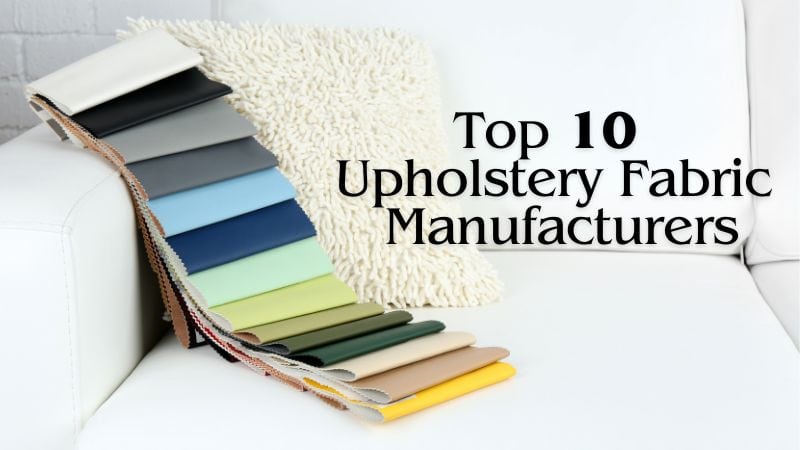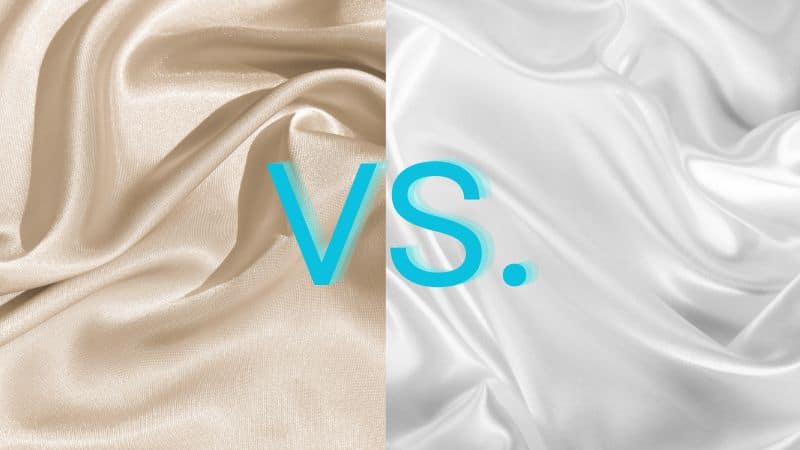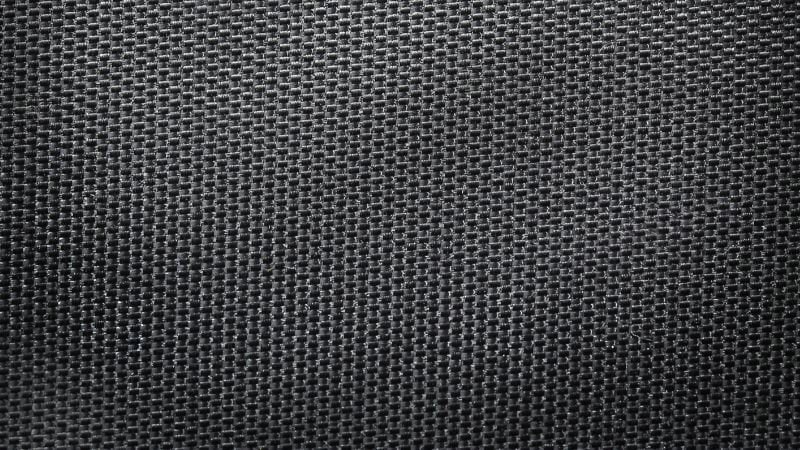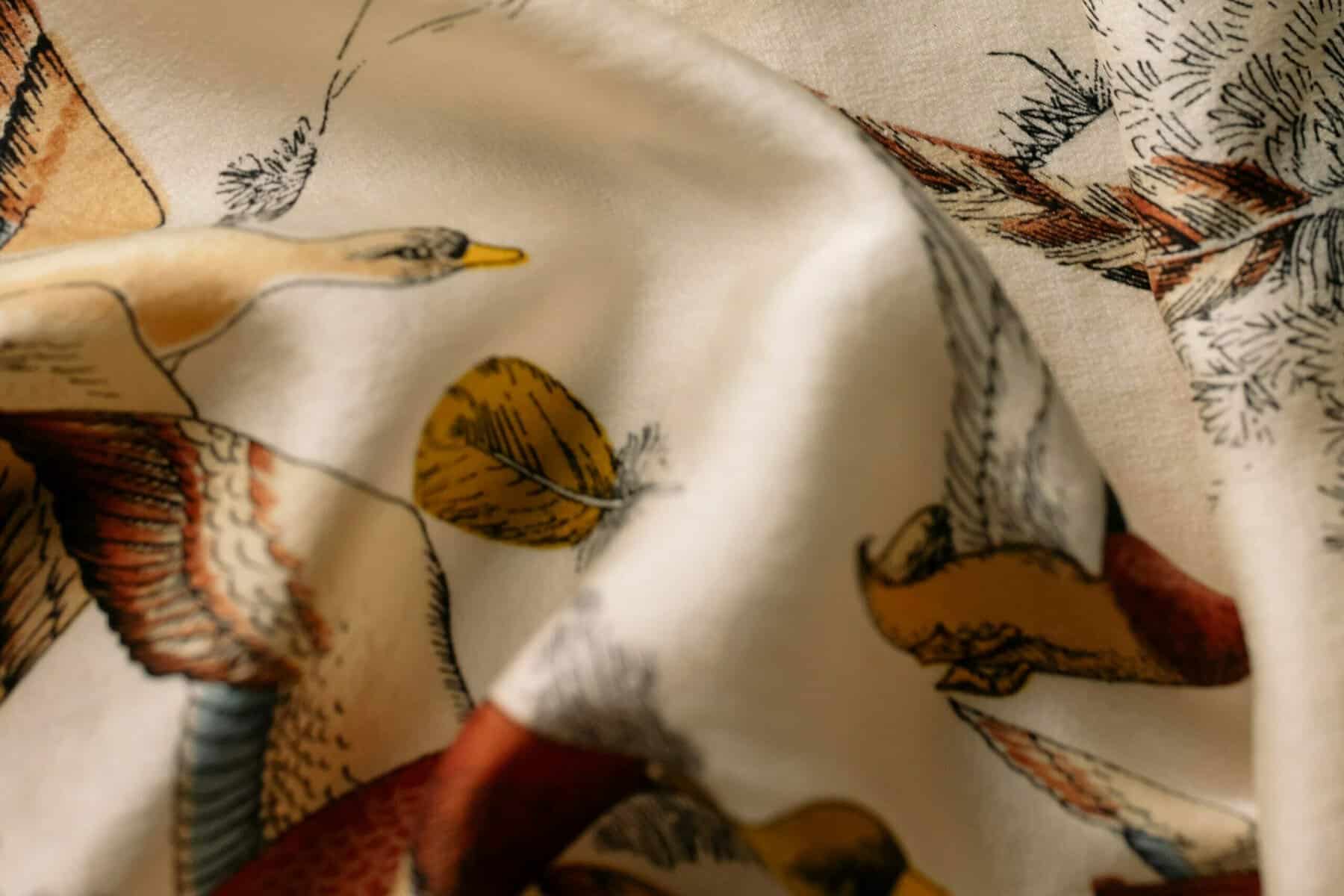Velvet has long been synonymous with luxury, elegance, and opulence. Its soft, plush texture and rich appearance have made it a favorite among designers and fashion enthusiasts alike. However, velvet can be expensive, delicate, and sometimes impractical for everyday use. Fortunately, there are several fabrics that offer similar luxurious qualities while providing unique benefits of their own.
In this article, we’ll explore a range of velvet alternatives that capture the essence of this beloved fabric while offering distinct advantages in terms of durability, affordability, and versatility.
What is Velvet Fabric?
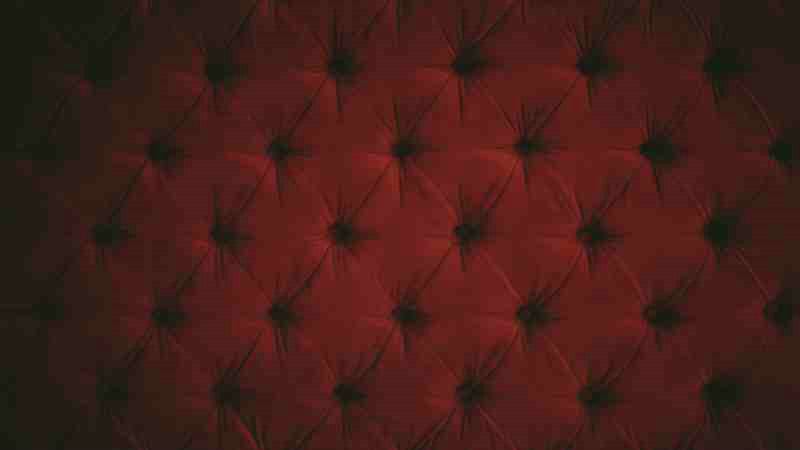
Velvet is a high-end fabric known for its luxurious feel and soft, plush texture. It has a rich history and is often associated with elegance.
Velvet is instantly recognizable by its plush pile, which makes velvet feel luxurious. This pile is made from upright yarns that are densely packed, contributing to its unique texture. Velvet made from silk has a natural sheen, adding to its elegance.
Different velvet types, like cotton and synthetic blends, offer varying properties. Cotton velvet is breathable and durable, ideal for casual wear and upholstery. In contrast, silk velvet is softer and more vibrant, often used in high-fashion designs.
What Fabric is Similar to Velvet?
When you want the luxury and softness of velvet but seek different options, there are several fabrics you can consider. Each alternative has unique features that make it suitable for various uses while maintaining the plush, velvet-like texture.
In this section, we will introduce some basic fabrics used as alternatives to velvet.
Velour Fabric: The Knit Cousin of Velvet
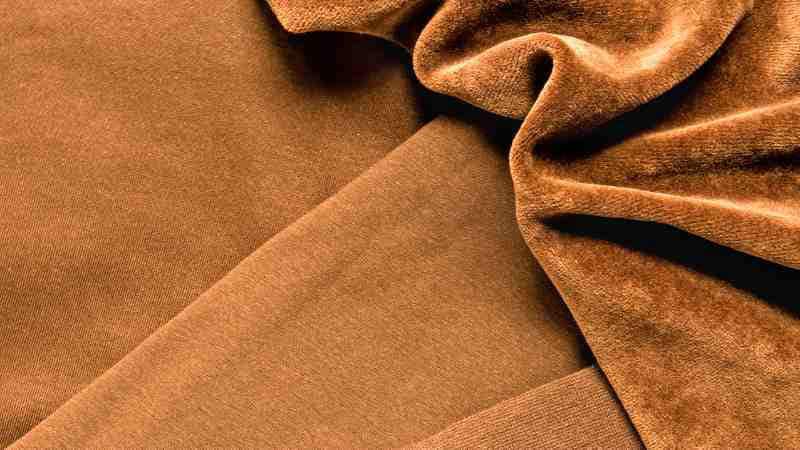
The word “velour” comes from the Old French word “velor,” which is an alteration of “velos” meaning “velvet”.
Velour is a knit fabric that mimics velvet’s softness and texture. Made from cotton or synthetic fibers, it is both durable and stretchy. Velour feels plush and cozy, making it ideal for clothing like tracksuits and dancewear. Unlike velvet’s pile weave, velour’s knit construction allows for more flexibility and comfort.
Velour is also more affordable than traditional velvet, making it a popular choice for home furnishings like curtains and pillow covers. Its warmth and comfort provide a similar opulent feel without the high cost.
Panne Velvet: A More Flexible Textile
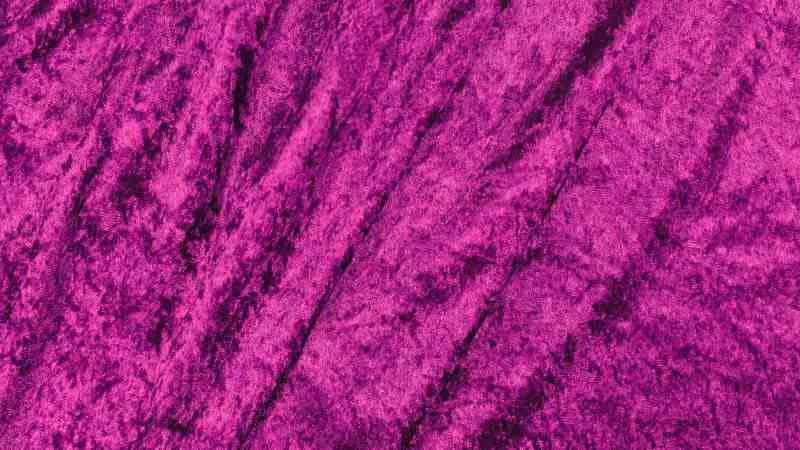
Panne velvet is a type of crushed velvet. Panne velvet has a flattened, shiny appearance. The pile (raised fibers) is pressed in one direction, giving it a smooth, lustrous look with a matte finish. It’s typically made from 100% polyester and has a two-way stretch, making it flexible and easy to work with.
It’s generally lighter and softer, with a thinner base than traditional velvet. This gives panne velvet a lovely drape, making it suitable for flowing garments.
Velveteen: Cotton’s Velvet-Inspired Alternative
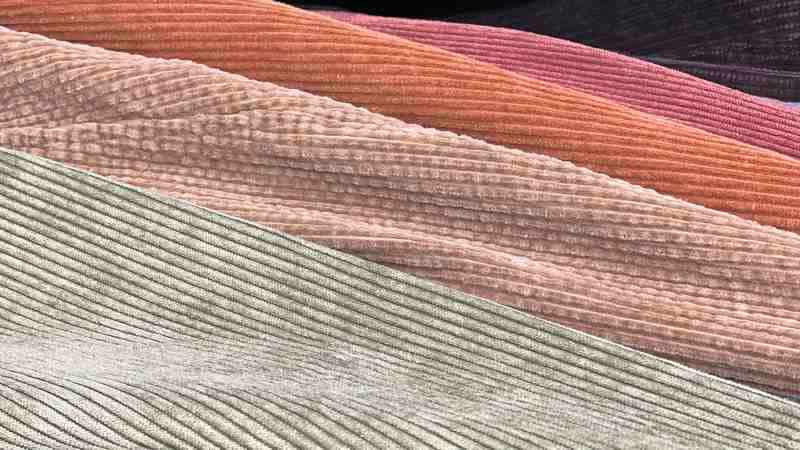
Velveteen is made from cotton, giving it a denser and stiffer texture compared to velvet. It has a short, tight pile that offers a soft, velvet-like feel. Because of its cotton base, velveteen is more breathable, making it a great choice for clothing that requires durability and structure.
Often used in jackets, dresses, and children’s clothing, velveteen is perfect for items that need less drape and more body. This makes it suitable for upholstery and home décor, where sturdiness is key.
Suede: A Leather-Based Velvet-Textured Fabric
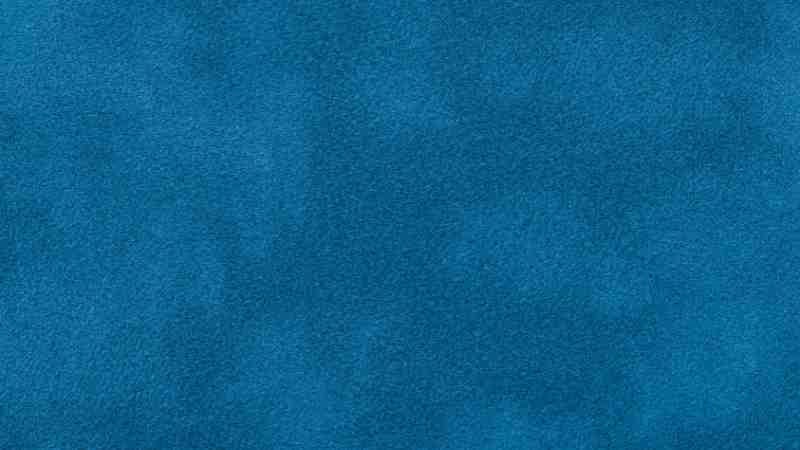
Suede comes from the underside of animal hides, featuring a velvety nap that feels soft and luxurious. It is often used in fashion for items like jackets, shoes, and bags, offering a timeless, sophisticated appearance.
While not as plush as velvet, suede’s unique texture and durability make it a favorable alternative. It also works well in accessories and home décor to add a touch of elegance and warmth. Suede needs special care to maintain its texture, so it’s important to consider its upkeep in your choice.
Comparing Softness and Plushness Velvet Similar Fabrics
| Fabric | Softness | Plushness | Price Range |
|---|---|---|---|
| Suede | Very Soft | Generally Very Plush | Low to Normal |
| Panne Velvet | Soft | Plush | Low |
| Velveteen | Moderately Soft | Less Plush | Low to Normal |
| Velour | Soft | Plush | Low to Normal |
Selecting the Right Velvet-Like Fabric for Your Needs
When choosing a velvet-like fabric, consider its weight, drape, and stretch. These qualities determine how the fabric will perform for your specific project.
Weight
The weight of a fabric affects its durability and how it hangs. Heavier fabrics like velour provide a more substantial feel and are good for furniture or heavy drapes. Lighter options like microfiber or satin are better for clothing or lighter curtains.
Drape
The way a fabric drapes impacts its look and feel. Velour has a smooth drape, ideal for a sleek appearance.Corduroy, with its ribbed texture, offers a more structured drape.
Stretch
Stretch in a fabric influences comfort and fit. Some velvet-like fabrics, such as certain blends of velour, include spandex for added stretch. This can be beneficial for form-fitting garments like dresses or skirts. Fabrics without stretch, likesuede, give a more traditional look.
Frequently Asked Questions
What alternative fabrics to velvet can be used for making pants?
Microfiber is a good choice due to its softness and durability. Velour, a plush knit, also works well for pants because it’s stretchier than velvet. Corduroy, with its distinctive raised ribs, offers a similar texture and is sturdy.
What are suitable velvet-like options for upholstering a sofa?
Chenille provides a soft and durable pile, making it an excellent option for sofas. Suede, crafted from the underside of animal skin, has a luxurious nap like velvet. Velour is another viable choice due to its plush feel and natural stretch.
What materials are comparable to velvet for constructing dresses or gowns?
Microfiber replicates velvet’s softness and plushness, making it ideal for dresses. Velour, with its soft texture, is another good substitute. Faux fur, which can be plush and velvety, offers a warm option for dressmaking.
Can velour be considered a good substitute for velvet in clothing?
Yes, velour is a great substitute for velvet in clothing. It is softer, has a natural stretch, and is versatile. This makes it suitable for various garments, from casual wear to more elegant outfits.
What are some less expensive alternatives to traditional velvet?
Microfiber is a more affordable alternative that mimics the texture of velvet. Velveteen, made from cotton, offers a similar look but is less costly. Chenille can also be a budget-friendly option with similar softness and durability.
How does velveteen differ from velvet in terms of fabric characteristics?
Velveteen is made from cotton and has a shorter pile than velvet, giving it a less lustrous appearance. Velvet, typically made from silk or synthetic fibers, has a dense, luxurious sheen. Velveteen is generally stiffer and less drapable than traditional velvet.


